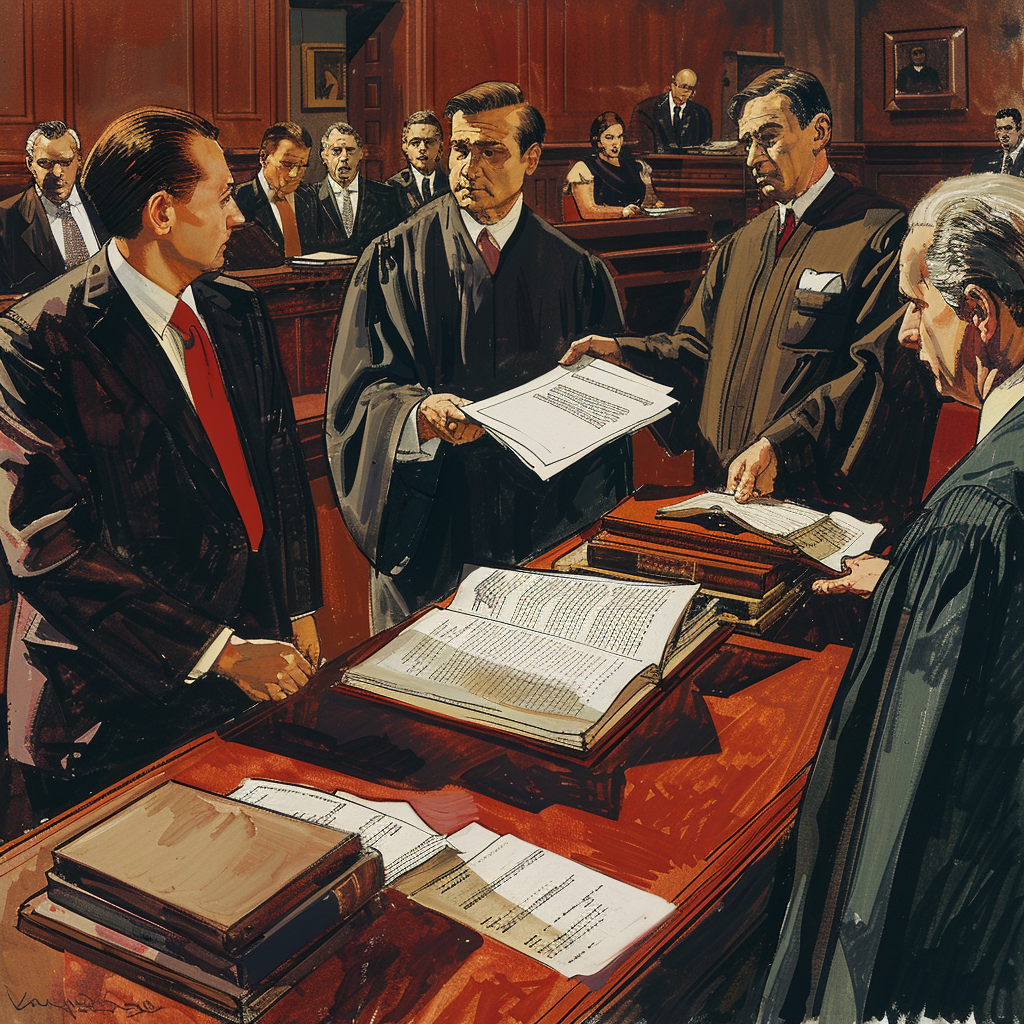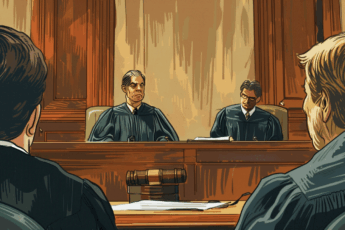Introduction
In the realm of legal proceedings, few things are as daunting as trying to understand the implications of a plea agreement versus a court order. Recently, a perplexing situation was brought to our attention by Robert, who found himself entangled in such a legal conundrum. His story highlights the intricate dance between plea agreements, court orders, and the long arm of the law. Let’s delve into Robert’s case to unravel these complexities.
The Plea Agreement: A Binding Contract
First, let’s understand what a plea agreement is. Essentially, it’s a contract between the defendant and the state. In Robert’s case, this agreement was made in Virginia back in 2002. Robert pled guilty, and the judge agreed to an indefinite supervised probation. This plea agreement is legally binding and sets the terms of Robert’s punishment.
The Court Order: A Legal Mandate
Fast forward to January 23, 2004, a corrected copy of the court order was signed by a judge without mentioning probation. This court order seems to contradict the original plea agreement, creating confusion about Robert’s probation status. Does this court order supersede the plea agreement? This is the crux of Robert’s dilemma.
The Intersection of Plea Agreements and Court Orders
Typically, a court order should align with the plea agreement. If the court order deviates from the plea agreement without a renegotiation, it might be considered a clerical error. However, the state has the right to enforce what was originally agreed upon in the plea agreement. This means that despite the omission in the court order, the terms of the plea agreement still hold.
The Potential for Correction
Robert’s concern is valid: Can the court order be corrected after 20 years? The answer is yes. Legal precedent shows that courts can correct clerical errors in judgments to reflect the original plea agreement. This means the state could revisit the original terms and enforce the probation as initially agreed.
Should Robert Mention This?
Here’s where it gets tricky. Bringing this to the attention of the court or legal authorities might prompt them to correct the error, reinstating the probation terms. Robert is understandably anxious about the repercussions of this, especially after two decades. The advice here would be cautious discretion. If the state hasn’t acted on it yet, bringing it to light might not be in Robert’s best interest.
Legal Precedents and Practical Implications
Historically, courts have corrected similar errors, and it’s not an unprecedented move. This practice ensures that the legal agreements and the subsequent court orders reflect the true intentions and agreements made during the plea deal. For Robert, this means that the state could potentially enforce the probation terms despite the error in the court order.
Conclusion
Robert’s story underscores the importance of understanding the nuances between plea agreements and court orders. While it might seem like a clerical oversight, the implications can be profound. Our advice to Robert is to tread carefully. Bringing attention to this might result in the reinstatement of probation terms, which the state is within its rights to enforce.
In the world of legal contracts and mandates, let sleeping dogs lie might just be the wisest course of action. However, if Robert feels compelled to seek clarity, consulting a legal professional to navigate this minefield would be prudent. In the end, the law has a long memory, and ensuring that all legal agreements are thoroughly understood and adhered to is paramount.


Leave a Comment